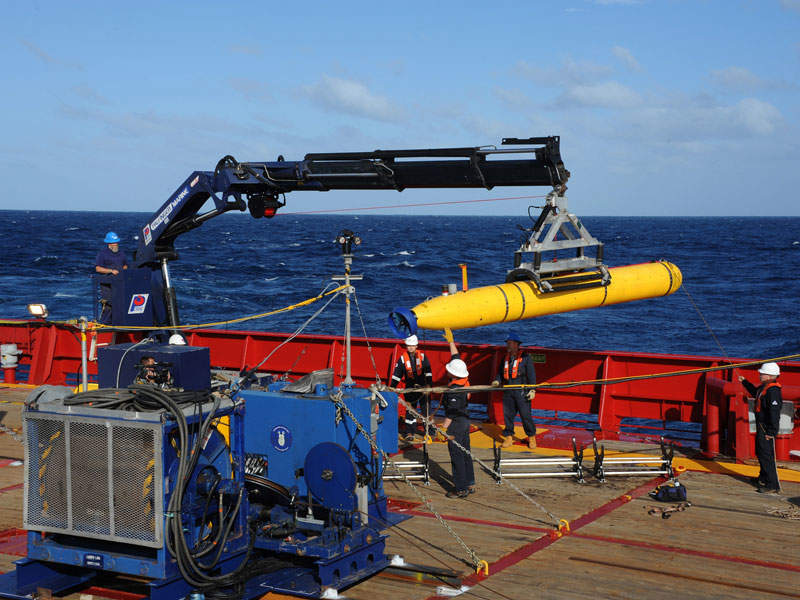The Bluefin SandShark micro-autonomous underwater vehicle (AUV) is the latest addition to the Bluefin family of AUVs developed by Bluefin Robotics, a part of General Dynamics Mission Systems. The vehicle is intended for use by the navies and special operations forces.
A total of ten SandShark demonstration units were delivered to the Defense Advanced Research Projects Agency (DARPA) for experimentation tests conducted by naval agencies and research institutes.
Multiple SandShark AUVs were successfully launched by a submarine-launched Bluefin-21 unmanned underwater vehicle during the US Navy-sponsored Annual Naval Technology Exercises (ANTX) held at Narragansett Bay Test facility in Newport, Rhode Island, US, in September 2016.
The micro vehicles received target imagery and information from Bluefin-21 and communicated with Blackwing unmanned aerial vehicles for intelligence missions, during the capability demonstrations.
SandShark micro AUV mission capabilities
The SandShark AUV can perform a wide range of military missions, including intelligence, surveillance and reconnaissance (ISR), anti-submarine warfare (ASW), mine countermeasures (MCM), port and harbour security, rapid environmental assessment (REA), communications relay, mobile acoustic countermeasure and decoy, and unexploded ordnance discovery.
It is also suited for non-military applications such as littoral survey, oceanography, hydrography, research and development, payload development, and training and education.
SandShark AUV design and features
The SandShark vehicle components include a small AUV, wireless router, flooded payload section, pre-configured side-scan sonar payload, durable rolling case, 110V AC shore power-charger, and maintenance and kits of spare components.
The AUV is built on open-architecture platform and is carried in a backpack. It has a diameter of 5in, varied length between 23in and 60in, and empty weight of approximately 6.8kg.
The core vehicle equipment, including battery pack and system electronics, is placed in the AUV’s tail section measuring 20in-long. The mast section houses visible/infrared strobes, magnetic on/off switch, and status LEDs.
The micro underwater vehicle can be hand-launched and operated by a single person. It can also be deployed by large Bluefin Robotics unmanned underwater vehicles.
The AUV’s operating software features standard payload interface developed by Bluefin Robotics to integrate autonomy architectures such as ROS, MOOS, MOAA, and JAUS. The integration provides operational flexibility with multiple existing underwater vehicle systems.
Payloads carried by SandShark AUV
The SandShark micro AUV’s modular payload bay is designed to support a variety of underwater operational needs.
Protected by a nose fairing, the payload unit can be reconfigured to incorporate dry or wet payload sensors such as side-scan sonar, global positioning system (GPS), nine-axis inertial measurement unit (IMU), DVL altimeter, depth sensor, and small, low-power subsea sensors.
The GPS provides position updates for the AUV, while the IMU is used to measure linear and angular motion. The distance from the underwater vehicle to an object is measured using DVL altimeter, while the water depth measurement is performed by the depth sensor.
SandShark AUV power and performance
The Bluefin SandShark micro AUV is powered by a UN 38.3-certified 24V lithium-ion battery pack mounted in the tail section. The battery is protected against over-voltage, over-current and over-temperatures.
The vehicle can travel underwater at a speed between 2k and 4k. It can dive as deep as 200m.
The tail-mounted, field-replaceable fins provide active roll stabilisation for the AUV.






